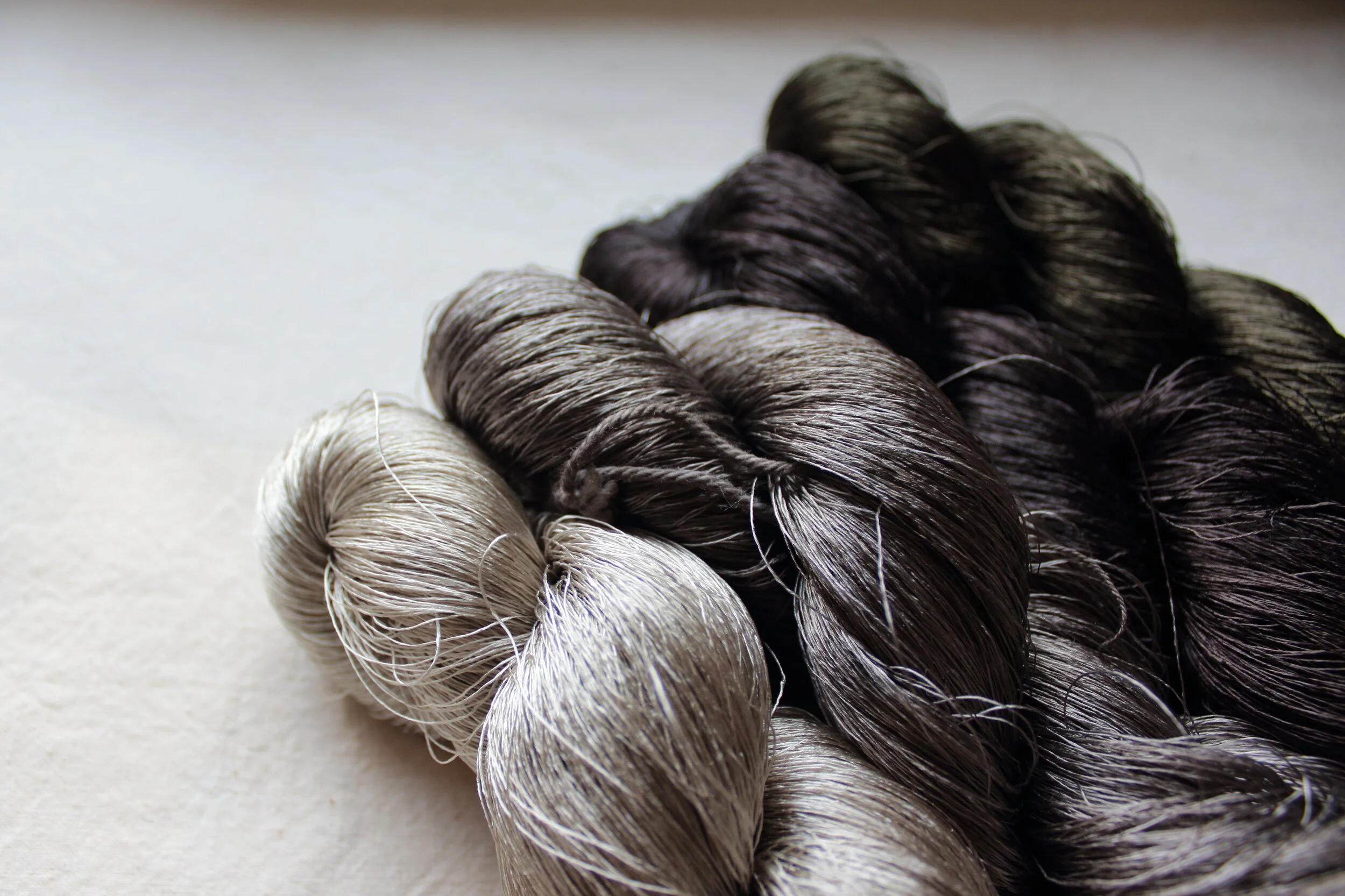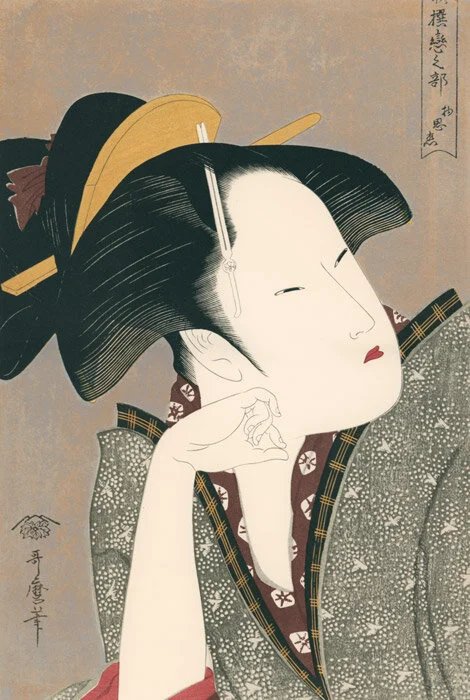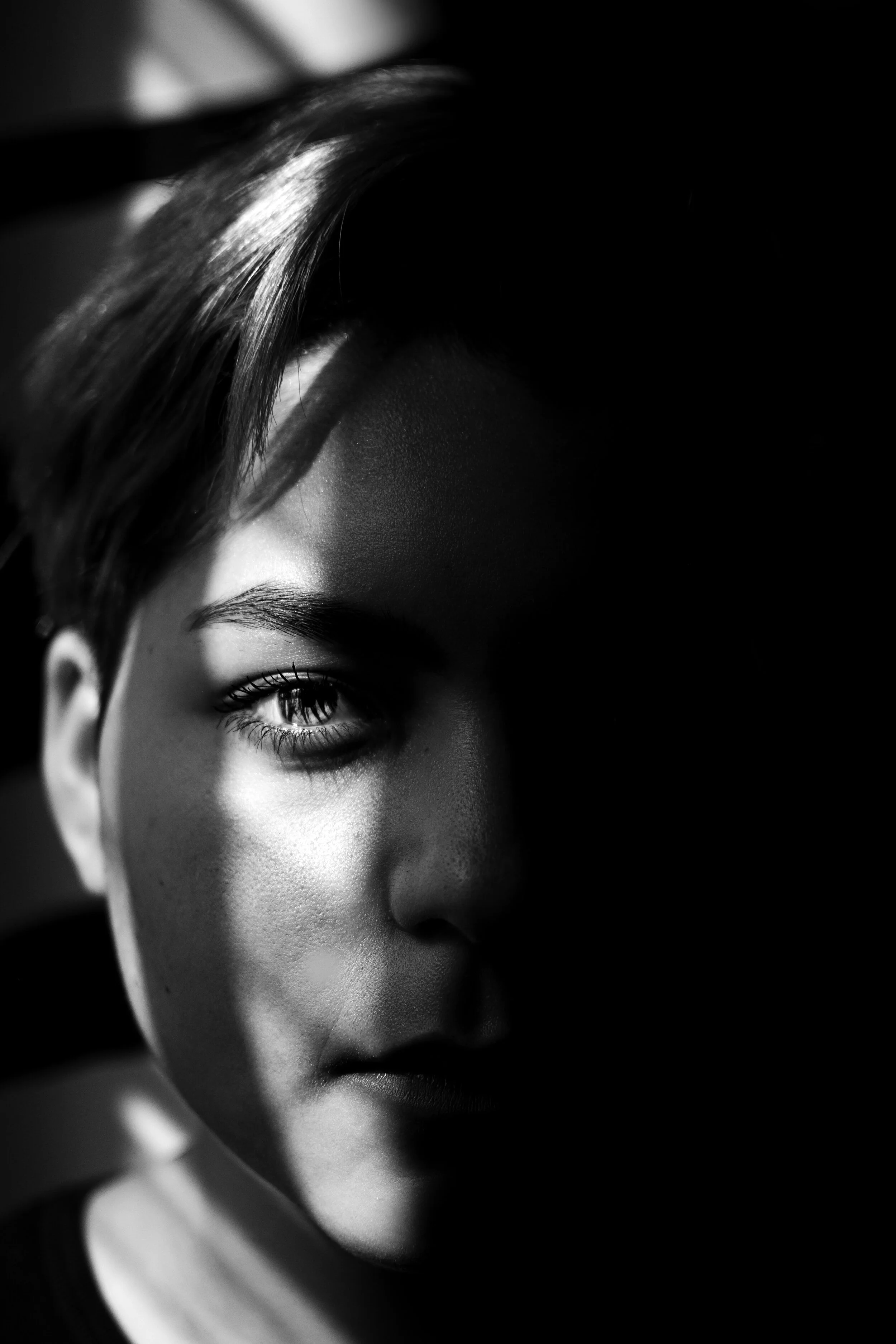Reddish Gray, Yellowish Gray, and All The In-Between Colors
by Yuzuri Nagai
“What’s important is that each color is faithfully playing its beautiful sound. There is something we call a music scale (perhaps we should call them a color scale) in the world of colors. I get lost in thoughts of all the complex and ambiguous color tones that lie between the note C and D....”
“Shijyu Hatcha Hyaku Nezumi”
When I first learned to dye with natural dyes, I was puzzled when people said things like…“This one is reddish-gray but that one is yellowish gray.” or “Look at this gorgeous hint of purple beneath the gray!”
Reddish gray and yellowish gray? A hint of purple?
Are you kidding me? Because all I’m seeing is just gray.
One day, I came across an interesting Japanese term about colors: “Shijyu Hatcha Hyaku Nezumi” According to the color pallet of botanical dyers used in Japan during the Edo period (1603-1868), they were able to dye “Shijyu Hatcha Hyaku Nezumi” meaning “Forty-eight shades of brown and hundred shades of gray” all from plants. (It is said there were more colors in dyers’ journal, and the term simply meant “A lot of different browns and grays.” This crazy sense of color birthed out of playful people of Edo* and their high sense of fashion and creativity that looked for ways to enjoy life even when they were banned from wearing any bright colors.
*a town centered around Edo Castle of Tokugawa Shogun, established in 1603 which later was renamed Tokyo
If they were able to identify that many browns and grays, why can’t I?
I kept dying with plants, observing colors, immersing myself into the whole process, making sure I didn't miss any subtleness in the colors. I exposed myself to different shades of grays and browns over and over again, listening to how other people described colors.
Then I slowly began to see a hint of mysterious red in gray, or that playful yellow that suddenly shows itself under the gentle sunlight, or that enchanting purple that adds a whole another dimension to the color gray.
It felt as if I entered a new world of color.
I felt proud of myself for finally “joining the club.”
But did I really? Was I making progress?
Then a strange thought suddenly hit me.
As humanity, we may be progressing in many areas. Yet, when it comes to a sense of color, are we retrogressing unknowingly into being victims of labels, forgetting how to see the true colors beyond their names?
When dyed with plants, the fabric absorbs different pigments from the dye pot, not only the main color. That’s why the naturally dyed fabric has such complexity and uniqueness in their colors. Yet today, where most of our daily wear is chemically dyed, we are used to clear and clean colors, becoming less sensitive to the complexity colors originally had.
How I related to color was a monologue, nonexpanding, unchallenging, and it definitely needed to be upgraded.
Learning to see more colors, learning to see more of us
Maybe dialoguing with colors from plant dyes is like learning about someone.
Maybe, growing as a human being is like growing into a new set of color pallets or understanding the limits of each name colors have.
Just like a familiar color name helps me find a platform where dialogue can begin to unfold, I need a framework that helps me relate with someone in the first place. But of course, that’s just the beginning. I feel we are constantly pressured and challenged; What do you see beyond a person’s voice, gender, color, race, religion, political view, upbringing, social status, and all other labels that possibly exist?
I don’t lightly believe in things, but this, I believe: that we as the human race are given a capacity to relate with fellow human beings at a much deeper level. Deeper now than yesterday. Deeper tomorrow than today. Deeper a hundred years from now than ever.
We need to gather up
our courage to be humble,
strength to be challenged,
sanity to doubt what we think we see,
so we may walk into a new dimension as relational beings.
To all the reddish, yellowish, and purplishness
To all the greenish, blueish, and pinkishness
That we have failed to see in ourselves and others,
Forgive us for our clouded eyes
We welcome you back into the dialogue
We still have a long way to go
But we are learning
Learning to see more colors
Learning to see more of us.
Have you ever felt like your “color pallet” (meaning labels, a framework, or a world view) wasn’t quite catching up with what you were experiencing?
When was the last time your way of interpreting or perceiving things were challenged? - - Did they fail you or caught your back? Did they bring you to a newer discovery or got in a way of your own growth?
Why is it sometimes hard to see beyond certain labels? Are there any that triggers a certain emotion in you?
Resources
We’ve created a free downloadable PDF to explore the article deeper. It contains discussion questions about the topic in general terms that will give you a jumping-off point for beginning a conversation.
The second page contains a way to see the topic from a biblical perspective.
And finally, to go deeper into the subject, we have chosen a few curated resources to explore from other authors’ and thinkers’ research or perspectives.
Read. Engage. Enjoy!
WHAT DO YOU THINK?
Depending on how a gem is held, light refracts differently. At B+PC we engage in Pop Culture topics to see ideas from a new angle, to bring us to a deeper understanding. And like Pastor Shane Willard notes, we want “…Jesus to get bigger, the cross to get clearer, the Resurrection to be central…” Instead of approaching a topic from “I don’t want to be wrong,“ we strive for the alternative “I want to expand my perspective.”
So, we invite you to engage with us here. What piqued your curiosity to dig deeper? What line inspired you to action? What idea made you ask, “Hmmm?” Let’s join with our community to wrestle with our thoughts in love in the Comment Section! See you there!







